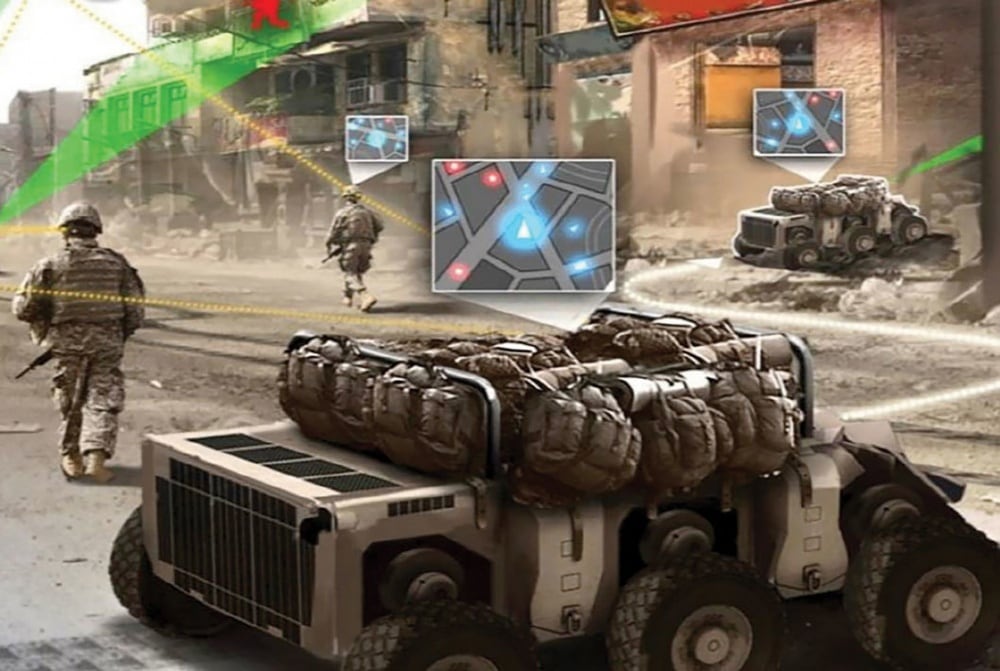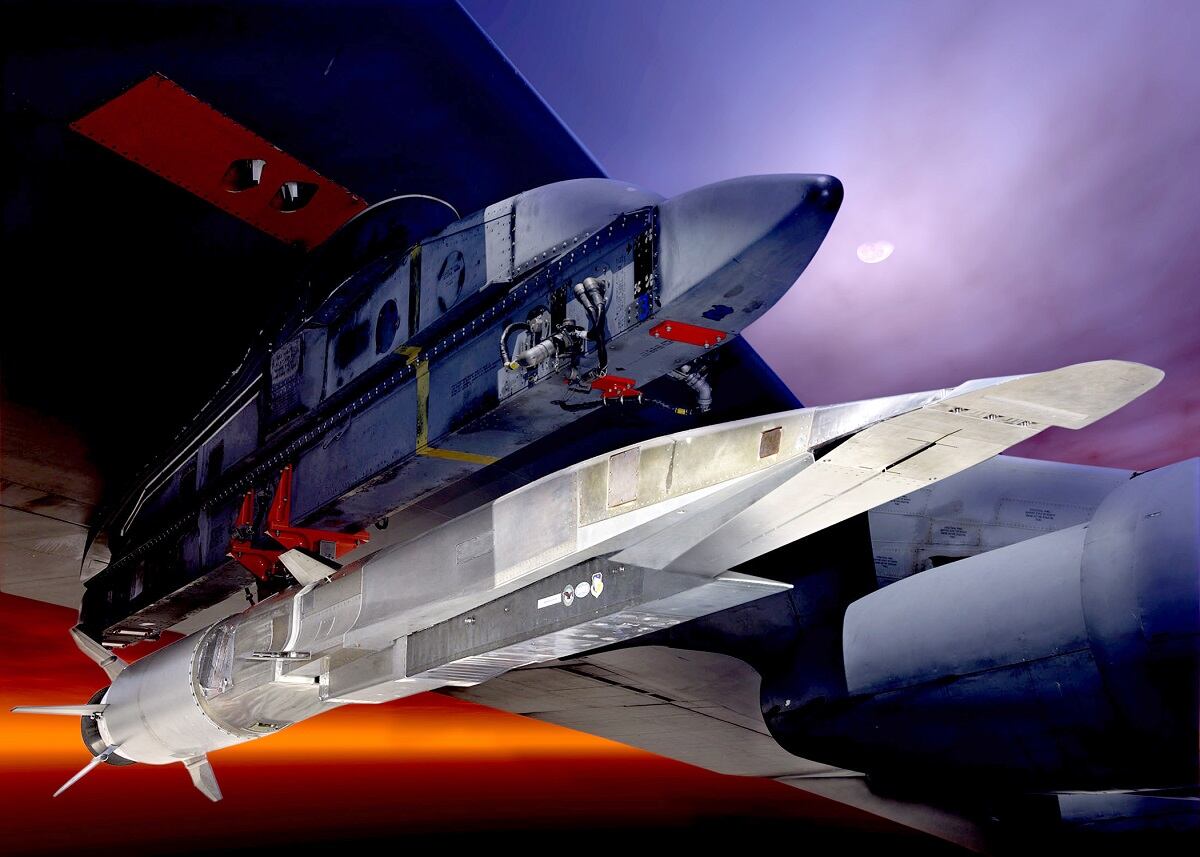The new chief for research in the Pentagon is building an artificial intelligence center, pushing for self-driving vehicles in combat zones and more powerful lasers, and says solving the hypersonic gap means updating testing facilities.
Defense Undersecretary for Research and Engineering Michael Griffin testified before the House Armed Services Committee last week, answering questions on a range of gear and procurement questions.
But those most relevant to service members included weapons systems on the horizon that troops could see in combat with near peer adversaries.
RELATED

More rapid development will include the use of unmanned ground vehicles in formations.
The Army recently announced the 10th Mountain Division and the 101st Airborne Division will have a robotic combat vehicle called the Squad Multipurpose Equipment Transport in the ranks this year for testing, which will develop the likely full-fielding gear mule-type robot.
Simple tasks, such as delivering food, mail, water and fuel, could be automated sooner than some think, Griffin said.
“I think, frankly, we’re going to have self-driving vehicles in theater for the Army before we’ll have self-driving cars on the streets,” Griffin said. “If that can be done by an automated unmanned vehicle with a relatively simple AI driving algorithm where I don’t have to worry about pedestrians and road signs and all of that, why wouldn’t I do that?”
Griffin pointed to Chinese systems that have been fielded or can be soon fielded that can launch a strike and reach out “thousands of kilometers” from the Chinese shore and “hold our carrier battle groups or forward deployed forces on land” at risk.
“We, today, do not have systems which can hold them at risk in a corresponding manner, and we don’t have defenses against those systems,” Griffin told the House Armed Services Committee members on April 18.
Another Chinese technology threat includes the nation’s development of swarm drone technologies to counter U.S. airpower and other strengths.
That means getting powerful laser systems up to snuff. But it won’t happen tomorrow.
“We need to have 100-kilowatt-class weapons on Army theater vehicles. We need to have 300-kilowatt-class weapons on Air Force tankers,” Griffin said. “We need to have megawatt-class directed energy weapons in space for space defense. These are things we can do over the next decade if we can maintain our focus.”
Scientists he’s been talking with have told him that level of laser power is five to six years away and a “megawatt laser” is within a decade with persistent investment.
‘An unacceptable situation’
Sen. Martin Heinrich, D-N.M., pointed out that the testing facilities, such as White Sands Missile Range in his state, have scarcely seen any upgrades or improvements in the past two decades, despite leaps in technology for missiles, lasers and other items.
Griffin agreed, saying at a low estimate at least 20 such testing facilities across the nation are in the same situation.
He said the Defense Advanced Research Projects Agency does most of the leading-edge work on hypersonic missile systems and they have exactly one testing facility, a NASA wind tunnel near Langley, Virginia.
“This is an unacceptable situation,” Griffin said.
He promised to return with budget requests to renovate those facilities to improve testing.
Sen. Gary Peters, D-Mich., asked about a new area of focus that has broad-reaching effects: artificial intelligence.
Griffin oversees the creation of a Joint Artificial Intelligence Center that would create AI solutions for all the service branches.
He deferred on the details but told members that he expected to return with a plan within two months.
“We owe the Congress a report, I think, about two months from now on what our A.I. strategy will be. And the JAIC, the Joint Artificial Intelligence Center, will be a part of that overall strategy,” Griffin said.
The plan must consider the 592 projects across the Defense Department that have AI as part of their development.
Todd South has written about crime, courts, government and the military for multiple publications since 2004 and was named a 2014 Pulitzer finalist for a co-written project on witness intimidation. Todd is a Marine veteran of the Iraq War.





